
Meet student researchers impacting security and sustainability
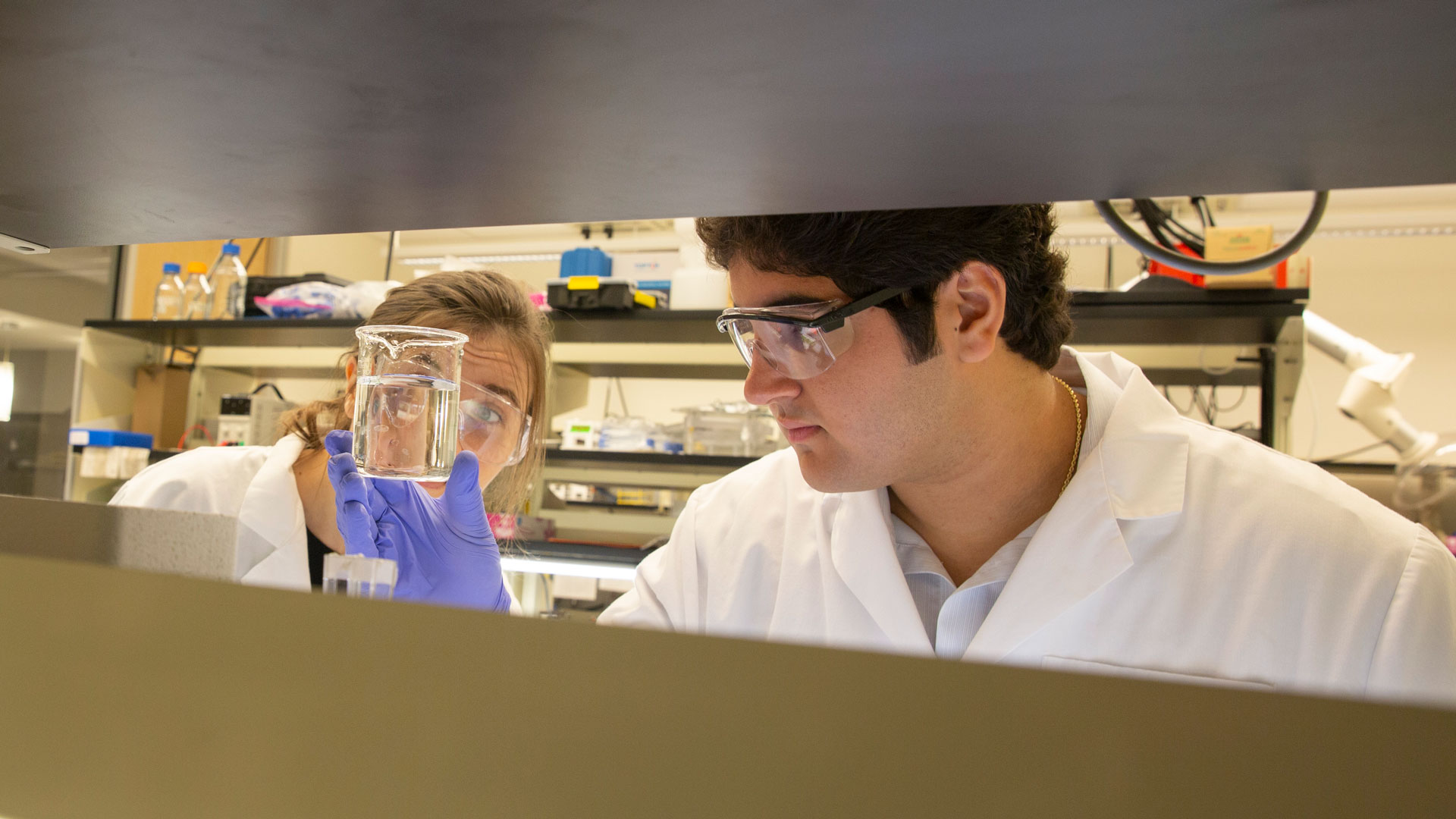
This article is the second part of a two-part series highlighting student researchers and faculty mentors presenting at the Fall 2022 FURI Symposium on Nov. 18. Read part one. Learn more about the symposium.
Investigating electric vehicle cybersecurity, developing a durable and recyclable plastic, exploring sustainable antibiotic production in space and sustainably decontaminating water are a few of the ways Arizona State University students are improving the world we live in through hands-on research.
Students in the Ira A. Fulton Schools of Engineering at ASU have a variety of opportunities to apply their classroom knowledge in diverse research pursuits. Their work is making a difference in their communities by addressing real-world challenges in data science, education, energy, health, security and sustainability.
The Fulton Undergraduate Research Initiative, or FURI, and the Master’s Opportunity for Research in Engineering, or MORE, programs give students valuable experiences in which they spend a semester conceptualizing an idea, developing a plan and investigating their research question with a faculty mentor.
Students in the Grand Challenges Scholars Program, or GCSP, have the option of conducting research as part of the program’s rigorous competency requirements that uniquely prepare them to solve complex global societal challenges.
Through these three programs, students enhance their ability to innovate, think independently and solve problems in their communities. The technical and soft skills they gain support their career and pursuits of advanced degrees.
Twice per year, students who participate in FURI, MORE and GCSP are invited to present their research findings at the FURI Symposium.
Learn about four Fulton Schools students participating in the Fall 2022 FURI Symposium. Meet them and more than 60 other student investigators at the event, which is open to the public, on Friday, Nov. 18, 1–3 p.m. at the Sun Devil Fitness Complex on the ASU Tempe campus.
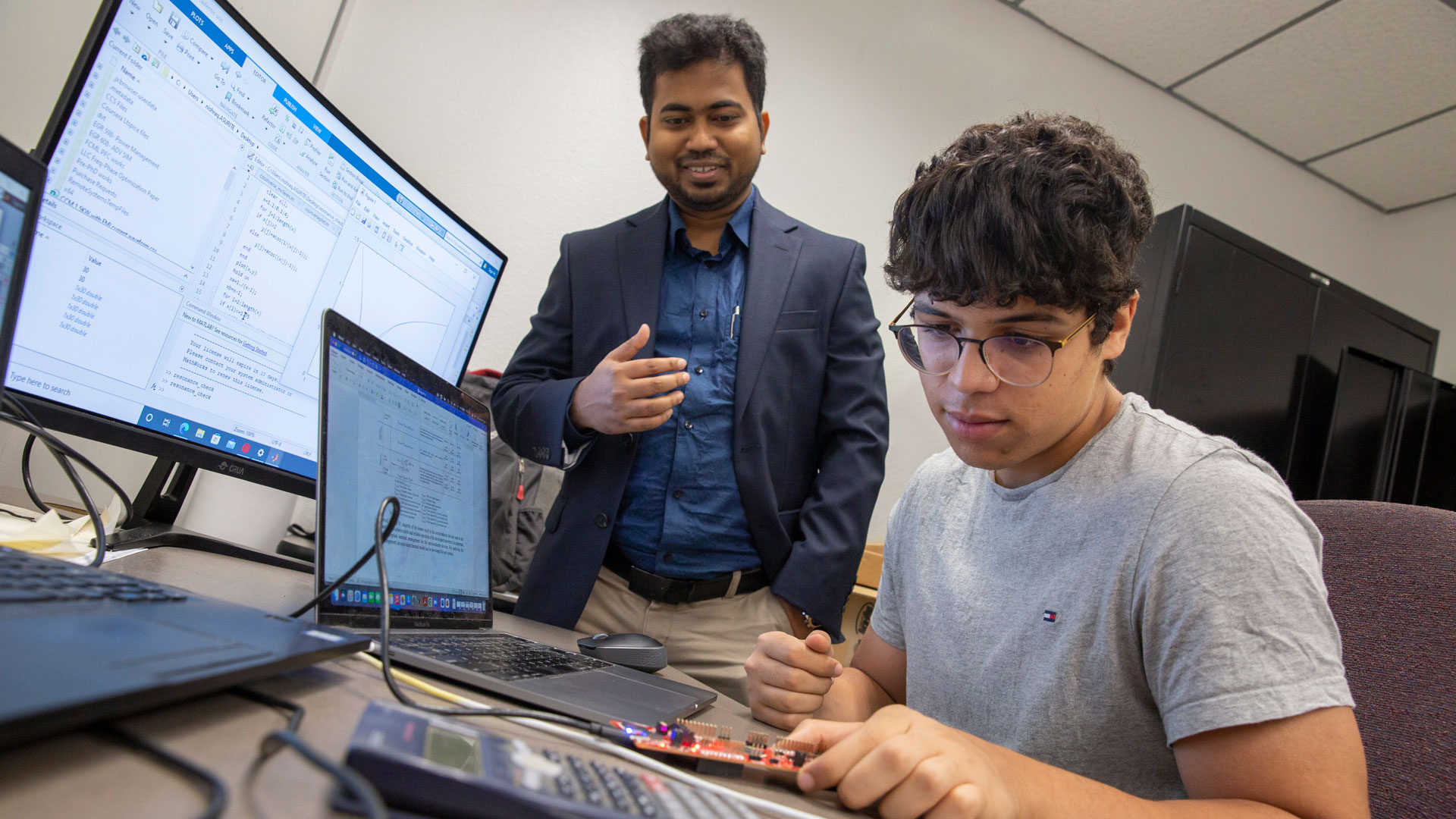
Saif Elsaady pictured at right. Photographer: Erika Gronek/ASU
Saif Elsaady
Saif Elsaady, a sophomore in the engineering program’s electrical systems concentration, is interested in electric vehicles, or EVs. Elsaady is conducting research on the cybersecurity of electric vehicles to help owners guard against potential cyberattacks with Ayan Mallik, an assistant professor of engineering, as part of the FURI program. He says he was surprised by the simplicity of electric vehicles and he has been excited to explore how they work.
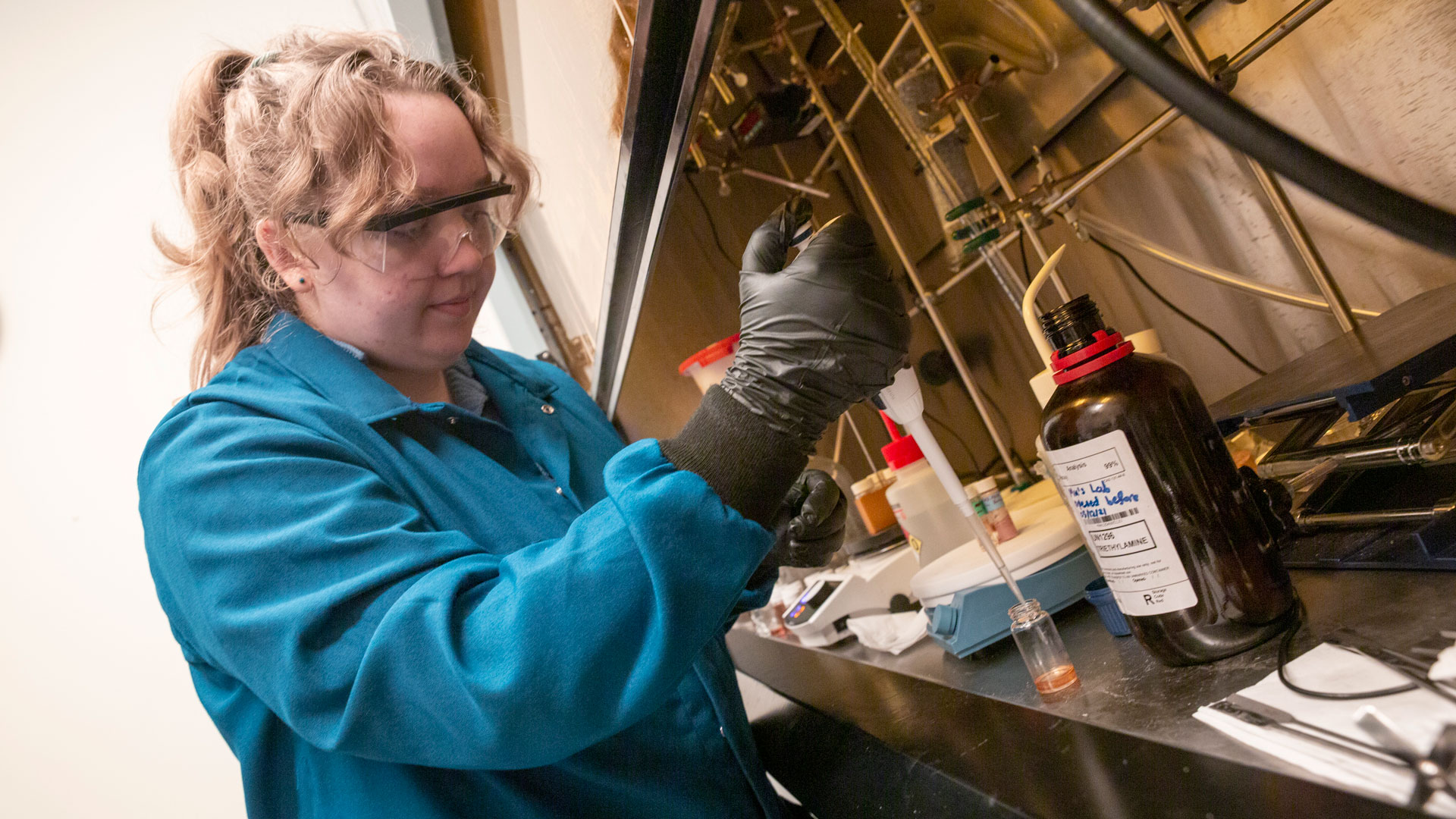
Photographer: Erika Gronek/ASU
Micayla Corker
Micayla Corker is a chemical engineering junior in the FURI program working with Kailong Jin, an assistant professor of chemical engineering. She wants to reduce the proliferation of single-use plastics by modifying a recyclable polymer — a material like plastic or proteins made of very large molecules — to improve its durability for use in 3D printing and other applications where single-use plastics are the norm. Corker’s work was also sponsored by W. L. Gore & Associates, which provides extra funding for outstanding FURI and MORE projects for one semester.
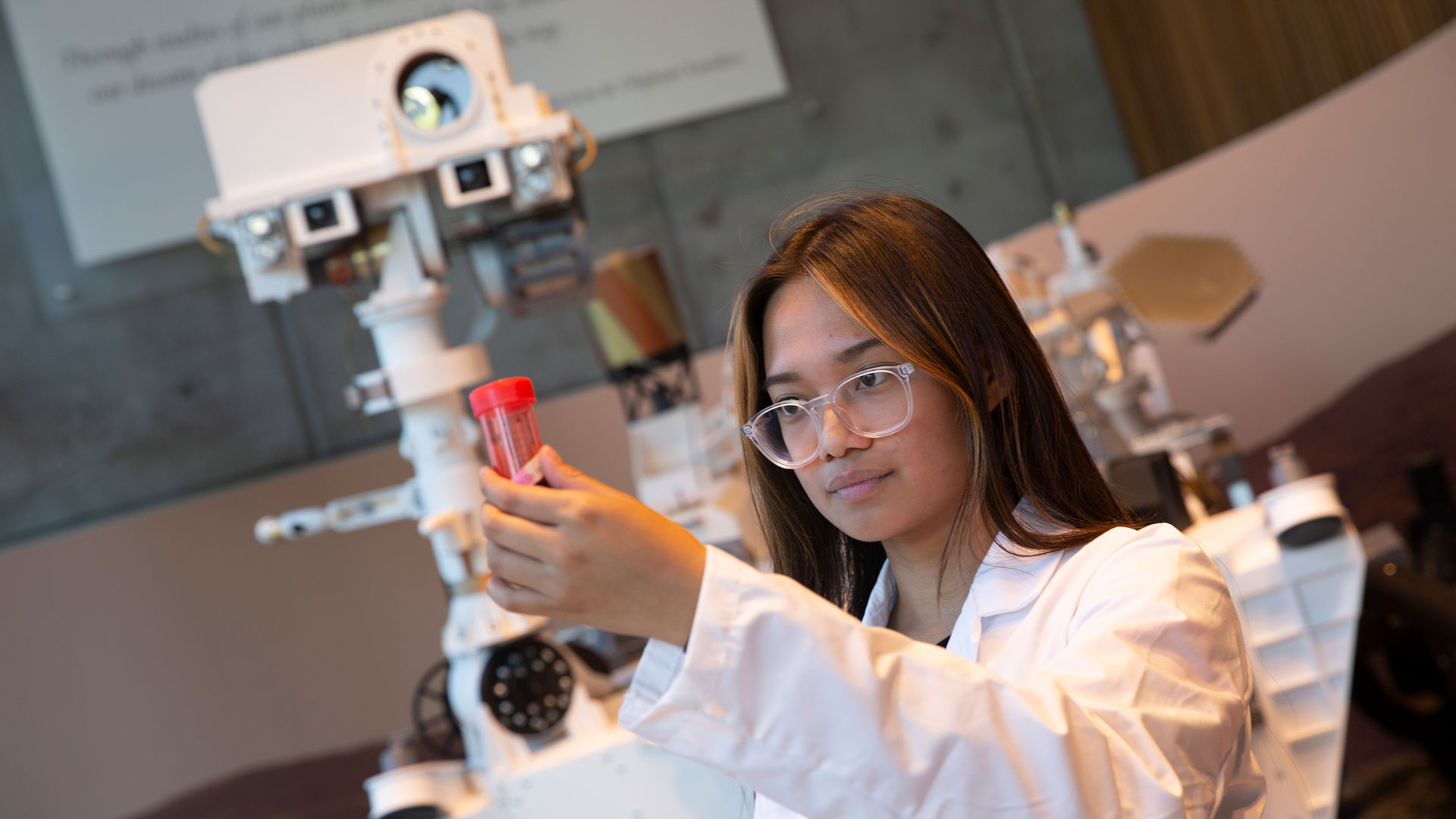
Photographer: Erika Gronek/ASU
Joy Agus
Biomedical engineering junior Joy Agus is helping to make antibiotic production sustainable during space travel. Her FURI research with Apollo Arquiza, a biomedical engineering lecturer, involves modifying polymers for penicillin growth in bioreactors.
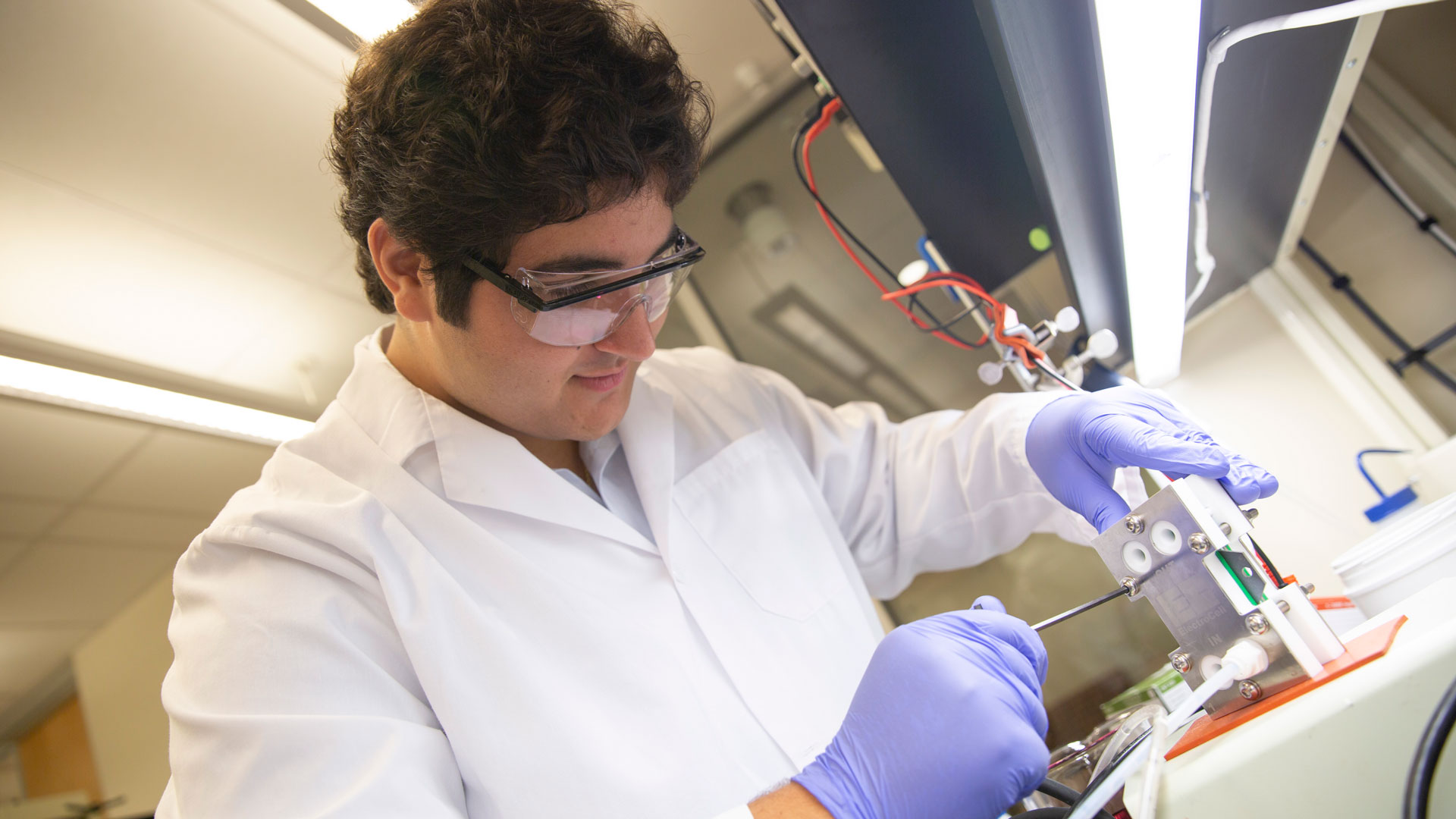
Photographer: Erika Gronek/ASU
Dominic Varda
Dominic Varda is an environmental engineering senior and FURI researcher studying electrochlorination with Sergi Garcia-Segura, an assistant professor of environmental engineering. This water disinfection method can be used on-site for long-term use in residential areas that lack access to fresh water. Varda is investigating how different materials affect decontamination performance.



































